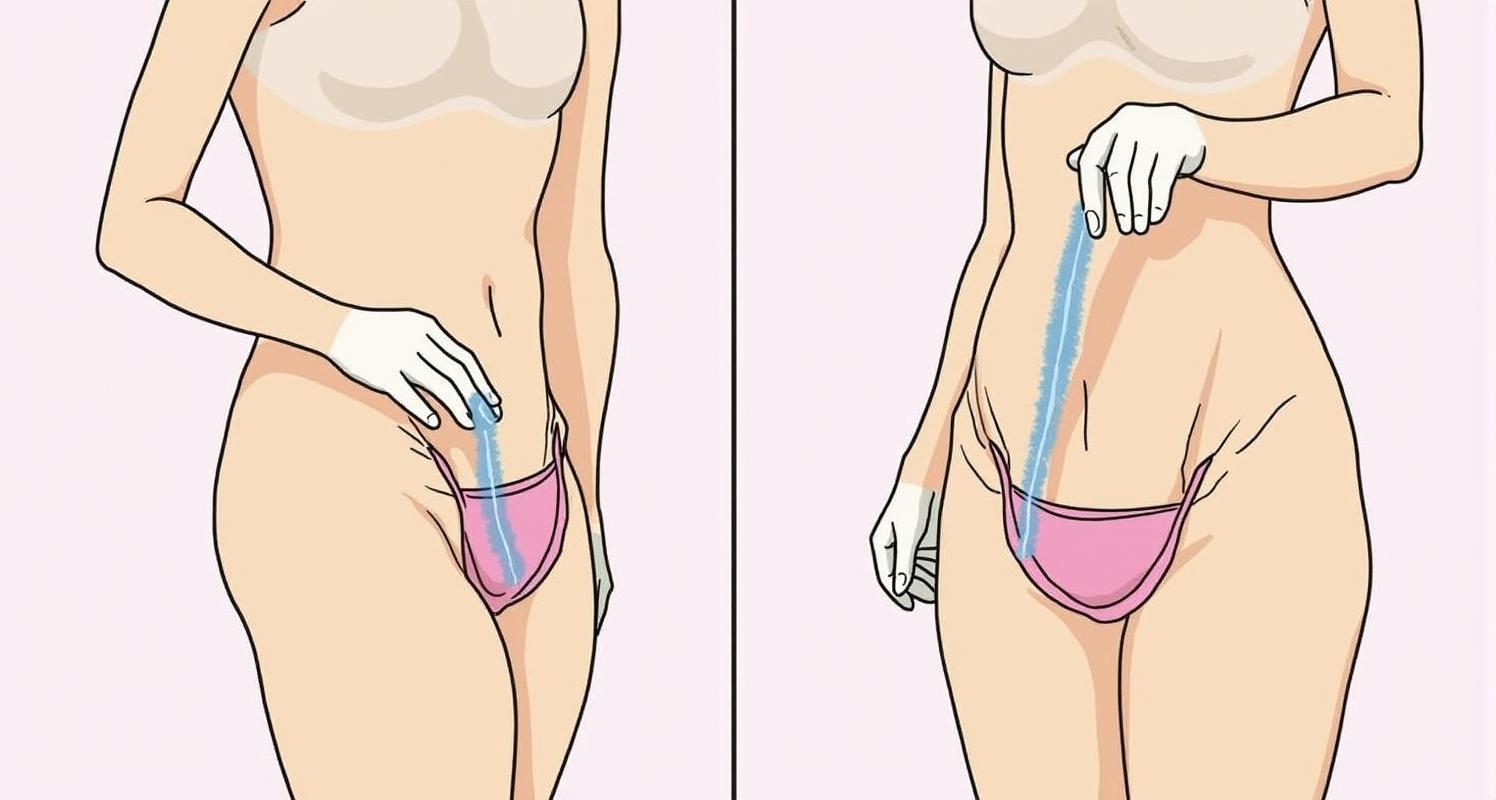Delving into the depths of anal douching unveils a meticulous process wherein the rectum is cleansed with water, a ritual intended to ensure purity ere embarking on activities of an anal nature. This age-old practice tends to bestow a sense of ease and assurance, thereby diminishing the prospect of untoward incidents or unwelcome surprises amid intimate liaisons.
Upon contemplation of the necessity behind anal douching, one must grasp the inherent truth that the rectum does not retain its pristine state naturally; there exists a residue post-evacuation that may linger. The existence of said residue may engender a sense of unease and impede one's capacity for wholehearted enjoyment. Hence, many individuals turn to anal douching as a means of guaranteeing cleanliness and tranquility.
The Significance of Cleanliness and Comfort
The role of hygiene in upholding general health and well-being is paramount. Just as one indulges in regular ablutions to purify the corporeal self, it is imperative to consider rectal cleanliness ere engaging in anal pursuits. Through the observance of proper hygiene, individuals may forestall infections, discomfort, and moments of mortification.
An Insight into the Method of Anal Douching
The act of anal douching follows a rather straightforward path. It entails the utilization of a bulb syringe or a kindred contrivance to introduce water into the rectum and subsequently expel it, thereby discharging any residual waste. This deed may be executed within the bath, atop a commode, or at a locus convenient of choice.
When employing an anal douche, it becomes imperative to adhere to proper methodologies so as to minimize the prospect of injury or discomfort. Commence by filling the bulb syringe with tepid water and gently inserting the nozzle into the rectum. Exert a gentle squeeze upon the bulb to dispel the water, which is then expelled alongside any detritus. This sequence is to be repeated until the water emitted runs clear, thus signaling rectal cleanliness.
Strategies for a Safe and Effective Experience
To partake in anal douching in a secure and effectual manner, the following counsel warrants heed:
- Urge the application of lukewarm water to avert infliction of harm or irritation upon the tender tissues of the rectum.
- Steer clear of using harsh soaps and detergents, for these have the capacity to disrupt the natural equilibrium of the region and induce discomfort.
- Exercise patience and heed the signals of the body closely. Should any discomfort or pain manifest, desist from the undertaking forthwith.
Recall that anal douching comprises a personal choice, and not all may perceive it as obligatory or advantageous. It is essential to attune to the signals of one's corporeal form and act in a manner apposite unto oneself.

Dr. Marcus Beloni
Therapist

Dispelling Misinformation and Fallacies
An array of myths and misconceptions surround the act of anal douching, thereby fostering confusion and disseminating misinformation. A preeminent misconception propounds the notion that anal douching is requisite ere each sexual dalliance, an assertion unfounded in actuality. In truth, excessive douching may disrupt the natural harmony of the rectal region and provoke irritation.
Navigating the Selection of Appropriate Wares
When electing articles for the purpose of anal douching, it is incumbent upon one to select those specifically fashioned for this function. Seek out bulb syringes or enema kits that are facile in operation and maintenance. Eschew employment of household artifacts or makeshift devices, for these bear the potential to incite injury or infections.
Concluding Reflections on Anal Douching
In summation, anal douching may prove to be an advantageous regimen for individuals aspiring towards cleanliness and comfort prior to engaging in acts of an anal nature. Through the comprehension of the process, observance of proper methodologies, and practice of good hygiene, individuals may revel in a more serene and pleasurable experience.

